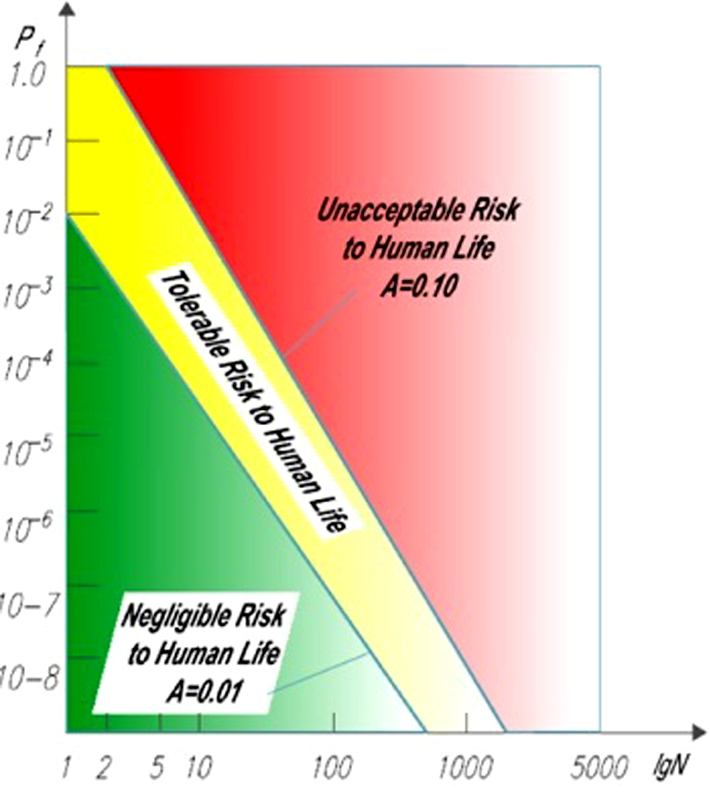The application of fuzzy set theory in the risk assessment during the construction
1
Military Engineering and Military Infrastructure, Military University of Technology, Poland
2
Military Technology, University of Defence, Czech Republic
3
Ingénierie, Universiapolis, Technical University of Agadir, Morocco
4
Civil and Environmental Engineering and Architecture, Rzeszów University of Technology, Poland
Submission date: 2023-08-19
Final revision date: 2024-04-08
Acceptance date: 2024-06-03
Publication date: 2025-06-16
Corresponding author
Leopold Kruszka
Military Engineering and Military Infrastructure, Military University of Technology, gen. Sylwester Kaliski 2, 00-908, Warsaw, Poland
Military Engineering and Military Infrastructure, Military University of Technology, gen. Sylwester Kaliski 2, 00-908, Warsaw, Poland
Archives of Civil Engineering 2025;71(2):451-471
KEYWORDS
TOPICS
ABSTRACT
Traditional risk modeling techniques, such as statistical and probabilistic methods, which form the basis of risk estimation and analysis, are not always economically or socially effective tools in construction. This is due, among other things, to the discrepancy between the planning period of a project and its implementation and sustainability. Static or dynamic methods of measuring the effectiveness of projects are commonly used, as well as operational methods to solve problems in specific decision-making situations. The inclusion of subjectivity and the lack of complete and precise information severely limits, and sometimes even prevents the use of traditional methods. Applying fuzzy set theory to model complex issues such as risk seems a desirable and justifiable measure in such a case. The application of fuzzy sets in construction is not a new issue. However, most research studies on the use of fuzzy systems in the construction industry have proved to be either too simplistic or too detailed, therefore fuzzy risk assessment matrices have been proposed. The proposed alternative risk assessment methods are based on fuzzy set theory while considering standard recommendations. The paper discusses basic information on design strategies for building structures taking into account standard recommendations for modeling and risk assessment in construction. An example illustrating the application of the proposed qualitative and quantitative risk estimation methodology to a bridge structure is also included.
Share
RELATED ARTICLE
We process personal data collected when visiting the website. The function of obtaining information about users and their behavior is carried out by voluntarily entered information in forms and saving cookies in end devices. Data, including cookies, are used to provide services, improve the user experience and to analyze the traffic in accordance with the Privacy policy. Data are also collected and processed by Google Analytics tool (more).
You can change cookies settings in your browser. Restricted use of cookies in the browser configuration may affect some functionalities of the website.
You can change cookies settings in your browser. Restricted use of cookies in the browser configuration may affect some functionalities of the website.




